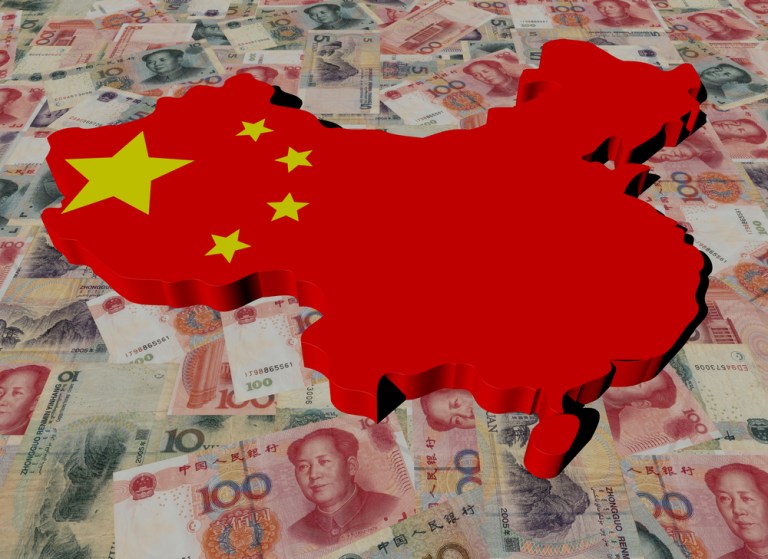In a statement, the payments messaging company said the financial institutions (FIs) “have gone live” with the SWIFT Global Payments Innovation (GPI) initiative. Launched in May 2017, GPI is designed to improve the speed and efficiency of global payments, and it accounts for 25 percent of all SWIFT cross-border payment traffic, the company said last month.
The new banks using GPI are: Bank of China, Industrial and Commercial Bank of China, Bank of Communications, China Minsheng Bank, China Guangfa Bank, China Construction Bank, Bank of Jiangsu, Shanghai Pudong Development Bank, China Citic Bank, and China Zheshang Bank.
In addition, 17 other Chinese banks “have committed to SWIFT GPI in China and are in the process of going live,” the statement said. “Together, these banks represent an estimated 86 percent of cross-border payment traffic conducted by Chinese banks in mainland China.”
SWIFT said more use of its GPI technology can lead to more use of China’s currency.
As of June 2017, “98 percent of the payments between the United States and China are performed in U.S. Dollars,” according to SWIFT. “The improved connectivity and the enabling of more products and services dominated by the Chinese yuan will also help China with its RMB internationalization efforts.
Advertisement: Scroll to Continue
The spread of GPI in China also enables SWIFT to play a key role in the country’s Belt and Road Initiative (BRI), a massive investment and infrastructure effort that “covers over 60 countries and represents a third of the world’s trade,” the company said.
“The discrepancy in standards and regulation across the BRI introduces a number of challenges, such as the absence of a unified communications framework and compliance issues,” SWIFT said. “Strengthening financial connectivity on the BRI routes is vital in ensuring its success in driving trade and stimulating economic growth across Asia.”
The expansion in China follows news in April that India’s ICICI Bank had adopted SWIFT’s GPI. India’s Axis Bank also has committed to the service.
SWIFT continues to compete with blockchain-backed Ripple for leadership in the cross-border payments market. Ripple continues to add banks to its xCurrent blockchain messaging system. The company also launched a partnership earlier this year with Spain’s Banco Santander to develop a cross-border payments service based on xCurrent. More than 100 FIs have signed up to use xCurrent, according to reports.
Ripple, in fact, is signing up a “new financial institution as a customer every week,” according to Senior Vice President of Product Management Asheesh Birla.
Even so, Ripple appears to have suffered a recent stumble. According to a report Thursday (June 14) in NewsBTC, Western Union realized no savings from its use of Ripple XTC for transactions. Ripple, for its part, said that the money-transmitting firm did not do a “proper case study” with XTC.
“Ripple has pegged its reputation and that of its cryptocurrency, XRP, to the fact that it is a faster, cheaper way to move money across borders,” NewsBTC reported. “The loss of Western Union as a client could be a major setback for Ripple, but the company has pointed out that the Western Union’s test case is too small to make any conclusive judgments.”
So what’s next in this competition for cross-border payments?
New products and value-added services are all but certain — SWIFT, in fact, said in March, its GPI Tracker would now “cover all payment instructions sent across the network, enabling GPI banks to track their SWIFT payment instructions at all times, and giving them full visibility over their payments activity.”
Ripple, meanwhile, appears likely to benefit from the increasing familiarity and appeal of blockchain, though healthy skepticism remains about the relatively young distributed ledger technology.
